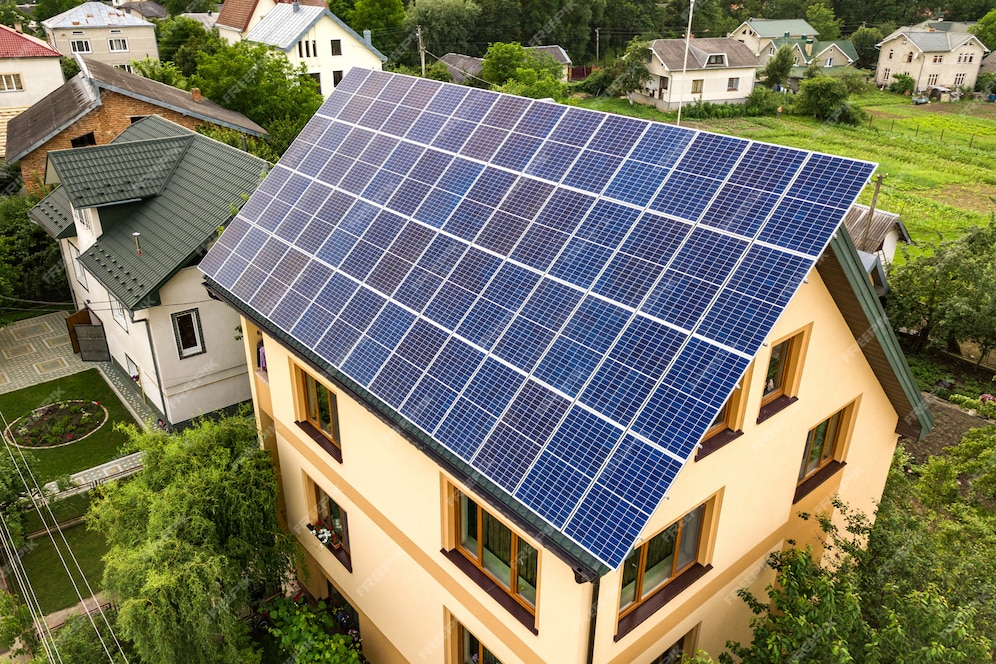Discover how to keep your solar system safe from cyber threats! By implementing regular updates, using separate networks, and enabling multi-factor authentication, safeguarding your renewable energy can be simpler than you think. Here are practical tips for protecting your energy production without added stress.
Solar energy plays a vital role in the shift towards a more sustainable future. The increasing use of photovoltaic panels has enabled millions of households and businesses to harness clean and renewable energy. However, like all interconnected technologies, solar systems are susceptible to cyber threats. Hackers may attempt to compromise energy management systems, jeopardizing both production and distribution.
In this article, we will discuss five methods to shield your renewable energy from cyber attacks, ensuring that your solar system remains secure and effective. For further insights on solar security, check out this study by ExpressVPN.
1. Perform regular software updates
Modern photovoltaic systems depend on advanced software to track and manage energy production. However, these platforms can be exposed to attacks if they are not regularly updated. Therefore, it’s crucial to keep your solar system’s software consistently up to date.
Software updates often contain security patches that fix known vulnerabilities and enhance defenses against new threats. Many manufacturers routinely issue updates to address the latest cybersecurity issues. Neglecting these updates could put your system at risk of potential attacks.
To reduce risk, configure your system to automatically download updates when available, or periodically check for new versions manually. This simple measure will help keep your solar energy secure from external threats.
2. Use a separate network for PV system monitoring
Linking your solar system to the same home network that powers devices such as computers, smartphones, and smart TVs can create significant security risks. A hacker could exploit a weakness in one device to access your entire network, including your solar panel management system. Thus, it is strongly advised to separate your networks.
By establishing a dedicated network for monitoring your solar system, you lessen the risk of an attack that could compromise your panels or energy output. You can achieve this by setting up a secondary network or, even better, utilizing a virtual private network (VPN), which adds an extra layer of security by encrypting data exchanges between devices.
This approach allows you to isolate your PV system from other Internet-connected devices, limiting possible access points for hackers. Segmenting your network to protect your solar system is a strategic move that can help avert significant damage and interruptions in energy production.
3. Protect system access with multi-factor authentication
Securing your login details is paramount to safeguarding your PV system. Hackers often target passwords to infiltrate energy management and control systems. To lessen the likelihood of unauthorized access, enabling multi-factor authentication (MFA) is essential.
MFA introduces an additional layer of security beyond the standard password. After entering your password, you must confirm your identity through a second step, like a code sent to your phone or a physical security key. This means that even if a hacker obtains your password, they cannot access your system without the secondary factor.
Implementing MFA for remote access to your PV system is one of the most effective ways to thwart intrusions. Many energy solution providers already include this option within their control panels, so ensure you activate it. This feature will provide robust protection, securing your system and renewable energy from external attacks.
4. Configure real-time alerts to detect suspicious logins
Receiving timely alerts for suspicious activities can mean the difference between thwarting an attack and facing severe damage. Establishing real-time alerts on your PV system management platform is an excellent way to continuously monitor security and receive immediate notifications in case of unauthorized access attempts.
Many advanced monitoring systems allow you to set automatic notifications that inform you via email or an app when unusual behavior is detected, such as failed logins, access from unknown devices, or unauthorized changes to system settings. These proactive alerts enable you to respond swiftly, preventing potential disruptions to energy production or, even worse, hackers from taking control of your system.
In addition to safety alerts, consider setting up notifications to track system efficiency, highlighting any drops in performance that might indicate underlying issues. Staying vigilant and responding promptly to warning signs will help you better protect your solar system.
5. Collaborate with cybersecurity professionals for periodic audits
Although the security measures you implement are crucial, regular professional assessments are necessary for complete protection of your PV system. Hiring cybersecurity experts for periodic audits helps you uncover hidden vulnerabilities that may go unnoticed by less experienced individuals.
Security specialists can conduct penetration testing, simulating hacker attacks to evaluate the strength of your system and defenses. These audits provide a comprehensive assessment of your facility’s security and include recommendations for enhancing your protection. Another advantage of regular audits is that they keep you informed about emerging threats, allowing you to update your defense strategies accordingly.
Investing in professional audits can prevent costly problems and ensure your facility continues operating safely and uninterrupted. Collaborating with industry experts helps you stay one step ahead of cyber threats, safeguarding your valuable renewable energy source.

